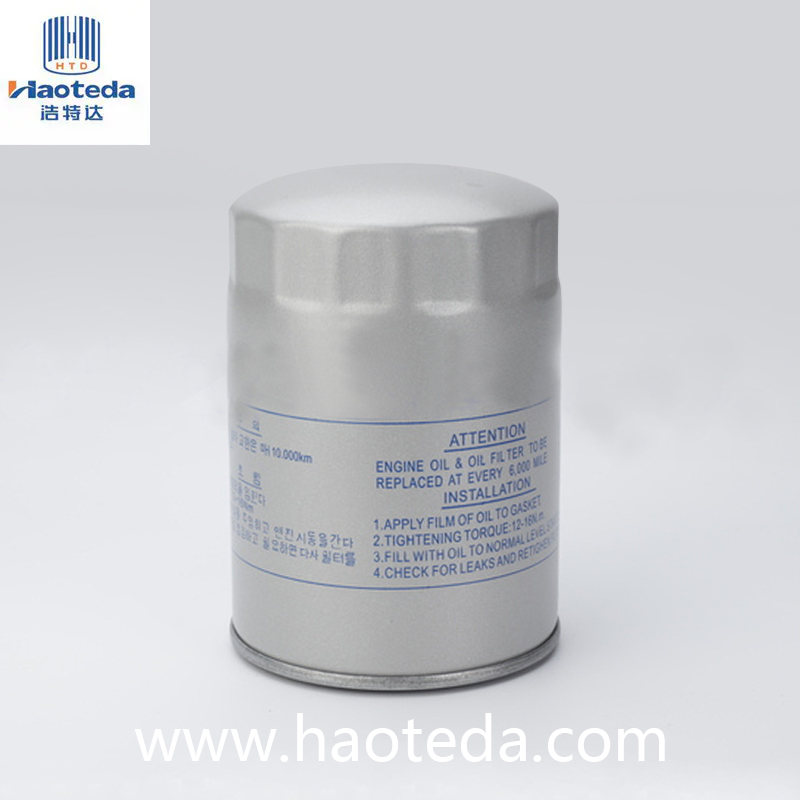The choice between spin-on and cartridge oil filters is a common point of discussion among automotive professionals and enthusiasts alike. Both types serve the crucial function of filtering impurities from engine oil, ensuring that the oil flows smoothly and protects the engine from wear and tear. However, the design differences between these filters significantly influence their performance, ease of maintenance, and suitability for specific applications.
Spin-on oil filters are self-contained units comprising a steel housing with an integrated filter element. Their design allows them to be directly screwed onto the engine, making them remarkably easy to install and replace. This simplicity is one of their most celebrated features, particularly in situations where quick and hassle-free servicing is essential. Additionally, the robust steel casing of spin-on filters provides excellent durability, making them resistant to external damage such as impacts and pressure fluctuations. These filters are particularly advantageous for users who prioritize convenience and reliability, as the risk of introducing contaminants during replacement is minimal. The high resistance of their structure also ensures consistent performance under various operating conditions, from extreme heat to high-pressure environments.

On the other hand, cartridge oil filters consist of a replaceable filter element housed within a separate, reusable casing. This design often requires a more intricate installation and removal process, which can be a downside for quick maintenance tasks. However, cartridge filters have some distinct advantages that make them a compelling choice in certain scenarios. One key benefit is their environmental friendliness; since only the filter element is replaced, there is significantly less waste compared to the entirely disposable spin-on units. Additionally, cartridge filters offer greater customization options for filter media, allowing manufacturers to tailor their designs to specific filtration needs. This flexibility often translates into better filtration efficiency, especially in high-performance or specialized engines.
Performance-wise, both filter types deliver reliable results when properly matched to their intended applications. Spin-on oil filters excel in situations where rugged durability and ease of maintenance are priorities, such as in standard passenger vehicles and heavy-duty machinery. Their sealed design minimizes the risk of leaks and ensures consistent oil flow even in challenging environments. Meanwhile, cartridge filters are often preferred in applications where environmental concerns and enhanced filtration are paramount. High-end vehicles and industrial equipment that demand precision-engineered filtration systems often employ cartridge filters for their superior adaptability.
The performance differences between spin-on and cartridge oil filters hinge on the context in which they are used. Each type has strengths that align with specific priorities, be it simplicity and robustness or eco-friendliness and advanced filtration. The best choice depends on factors like engine type, maintenance practices, and performance requirements. Whichever option is selected, both spin-on and cartridge filters play vital roles in safeguarding engine longevity and efficiency. Choosing the right one ensures that your engine runs smoothly, efficiently, and reliably for miles to come.
 English
English
 English
English Español
Español Français
Français
 +86-139-6774-0263
+86-139-6774-0263









